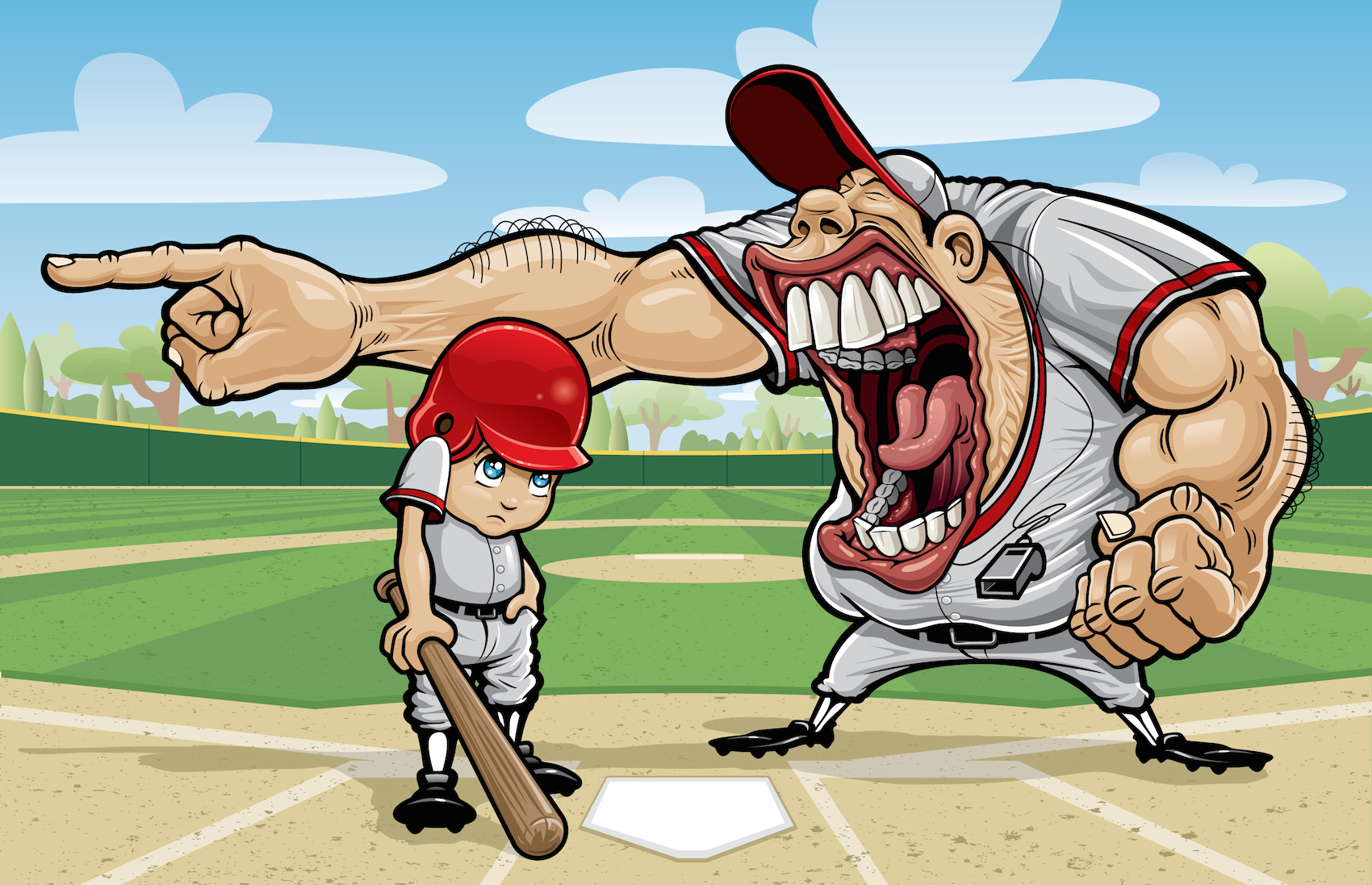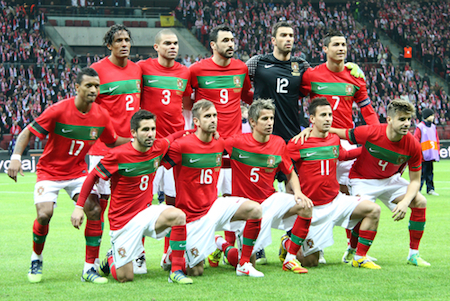Vision Training Results in Better Baseball Batters
By Dan Peterson, TeamSnap's Sports Science Expert
“Just keep your eye on the ball.” Seems like simple enough advice for a young slugger at the plate. That may work in the early years of Little League baseball when the pitches they see have not yet cracked 50 mph. But as the fastballs get faster and the change-ups get slower, having quick eyes and an even quicker perceptual brain is the only way hitters will be able to “hit it square” with a round bat and a round ball.
Which is exactly why psychology researchers at the University of California - Riverside (UCR) teamed up with the college’s varsity baseball players; to see if advanced visual perception training could help their at-bat performance. While previous vision training research had focused on strengthening a player’s specific eye muscles, the results never transferred well to the batter’s box. UCR professors Aaron Seitz and Daniel Ozer and recent Ph.D. graduate Jenni Deveau tried a more ambitious perceptual learning-based training program.
“Elite baseball batters use various kinds of sensory information to be successful batters, but most weight is given to visual feedback,” Seitz said. “This has motivated other vision-training approaches to focus on exercising the ocular muscles, producing mixed results. Our integrated training program is unique in that we focus on training the brain to better respond to the input it receives from the eyes and in that we examined both standard measures of vision as well as real-world performance in elite players.”
College and pro players can face pitches of 90 to 100 mph, which take about half a second to reach the plate. Even at 70-80 mph, the average for high school hurlers, batters only get an extra one tenth of a second to make the swing/no-swing decision. Now, factor in that it takes 100 milliseconds for the image of the ball hitting their eyes to be delivered to and acknowledged by their brain. That lag means your brain is contemplating a ball’s location that has already travelled an additional 10 feet.
Being able to predict the speed and location of a pitch is critical to success at the plate. Even a small improvement could translate into more runs scored and a few extra wins. “I thought if this would help our players see more clearly we would have a chance to make a big breakthrough,” said UCR Head Baseball Coach Doug Smith.
Prior to the 2013 Highlanders season, the team was split into two groups, 19 in the test group and 18 in the control group. The test group went through 30 25-minute training sessions using a training program consisted of targeting Gabor patches (game ‘targets’) of varying spatial frequency and orientation that were presented on a screen. The control group received no visual training.
The team’s results were a home run. Visual acuity improved 31% for the test group, which means on a standard eye chart test, some players could recognize two additional lines of letters. But what the researchers and the players really wanted to see is better performance on the field.
During the 2013 season, the test group players decreased their strikeouts by 4.4%, which was better than anyone else in their league. They also saw a 300% improvement in batting average, slugging percentage and on-base percentage over the average league player’s increase.
“The vision tests demonstrate that training-based benefits transfer outside the context of the computerized training program to standard eye charts,” Seitz said. “Players reported seeing the ball better, greater peripheral vision and an ability to distinguish lower-contrast objects.”
The research is published in the journal Current Biology.
Coach Smith was also impressed with the results. “I didn’t think we would see as much of an improvement as we did,” he said. “Our guys stopped swinging at some pitches and started hitting at others. There is such a high percentage of failure in our game. Even the best players fail (to hit) 70 percent of the time. Everyone is looking for an edge to be that little bit better. Our guys are more confident now when they come to the plate.”
Ted Williams, probably the greatest hitter in baseball history, once said, “I think without question the hardest single thing to do in sport is to hit a baseball”. Of course, he didn’t have an integrated visual perception training program back then!
NEW! Free Sports Organization Resources
All of TeamSnap's ebooks, articles, and stories in one place. Access Now
Similar Articles:

What Happens When The Coach Becomes The Bully
By Dan Peterson, TeamSnap's Sports Science Expert …
Read More

Teaching Youth Football Coaches About Player Safety Reduces Injuries
By Dan Peterson, TeamSnap's Sports Science Expert …
Read More

World Cup 2014: The Diminishing Returns of Talent
By Dan Peterson, TeamSnap's Sports Science Expert …
Read More
